I was just like you. In the early years of my photography business, I put off the task to learn flash photography for my indoor photo sessions. I thought the label “natural light photographer” elevated my work. I prayed for rooms with big windows and white walls. My ISO was cranked to the limit. I placed my subjects near windows. I thought maybe getting a full frame camera would fix it all.
Get the FREE Course!
I’ll never forget a newborn session I had with a new, ideal client. (In fact, my stomach still kind of turns with embarrassment when I think about it.) They lived in a gorgeous old Tudor estate not far from my home. We planned to take some portraits in their sunroom, which would have been perfect for my natural light skills. Unfortunately, the mountain we live on is prone to dense fog in the winter. I’m talking about fog so thick you sometimes can only see 3ft ahead. As I pulled up to their beautiful home, the fog rolled in. I persevered, hoping for the best. However, when I returned home and uploaded the photos to Lightroom, the majority were unusable. I provided a re-shoot and this family has actually used me every year since, but talk about mortifying!
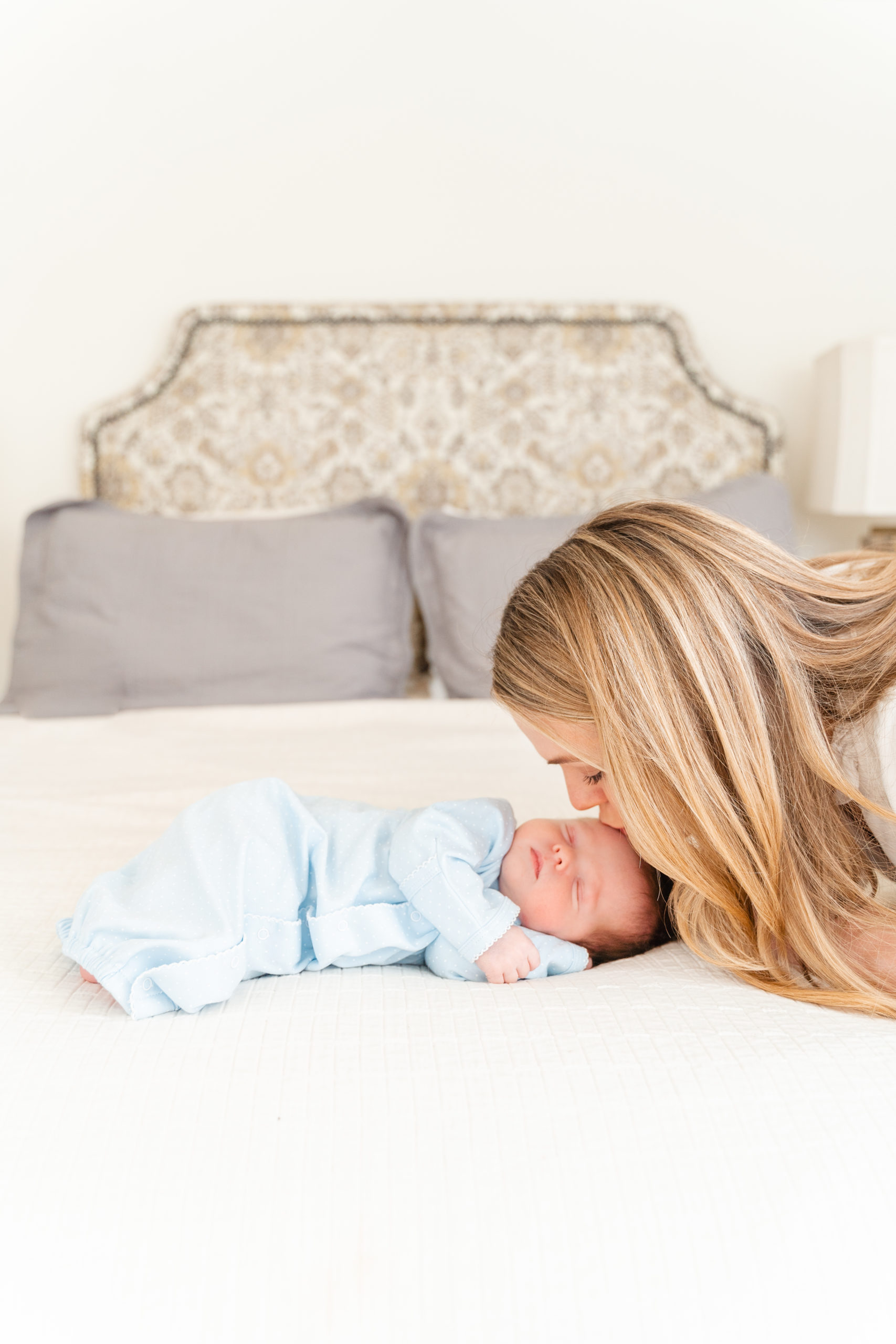

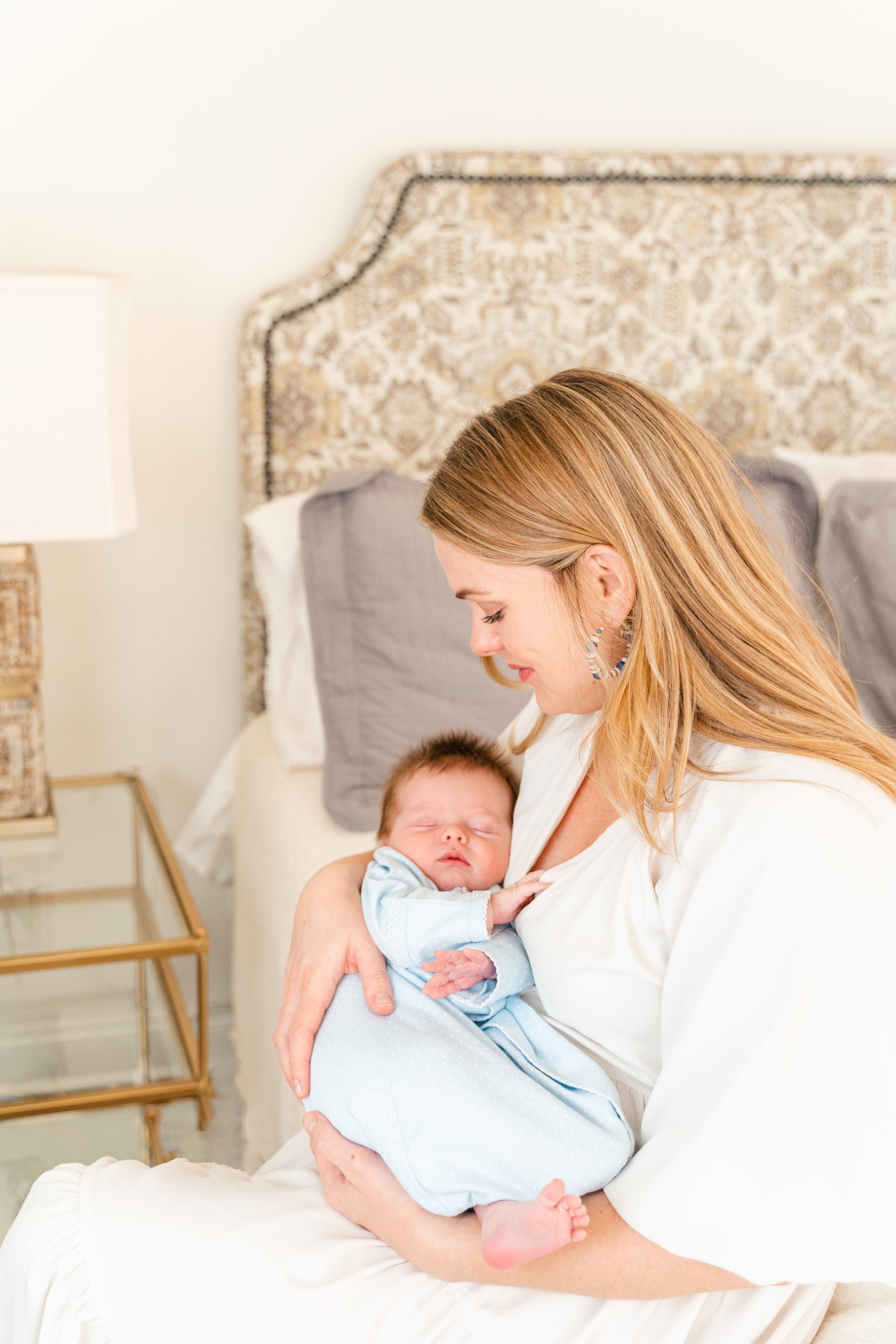
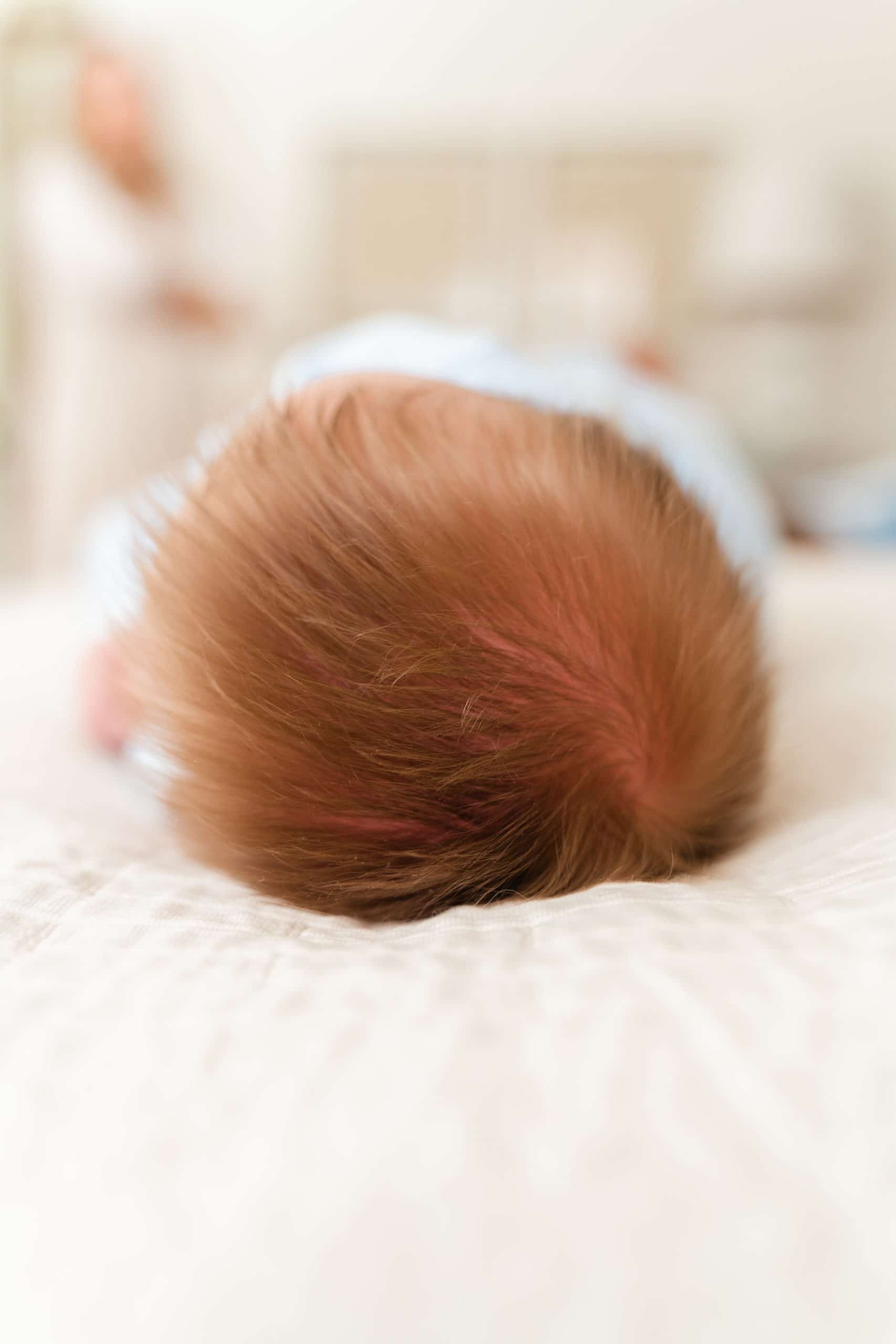
You’ll get better with practice, I promise!
Want to know something ironic? Even after this horrible “natural light” session, I purchased a flash which proceeded to sit in a box, collecting dust for several more months. Why do we do this to ourselves? I know this is a story that’s not uncommon amongst photographers. If you’re like me, when your flash arrived you probably clicked it into the hot shoe of your camera. You turned it on and immediately felt overwhelmed by all the settings. Maybe you put it in TTL mode (i.e. “auto” for flash), pointed it at your subject, snapped a horrible, harshly lit photo, and immediately wanted to put it back in the box.
Using flash is tricky, because unlike natural light, the photographer can’t observe and study the light while dialing in settings. Unless you shell out several more hundred dollars for a light meter, you are simply guessing what settings will work. Indeed, the impending result feels like a total mystery until you click the shutter. The resulting photo might be fine, or it might be unsalvageable.
Do you know what isn’t going to help you learn flash photography? Avoiding your flash. I suspect, when you first learned how to shoot manually with your camera, you photographed everything and everyone in your life. With that repetition you gained muscle memory for the buttons on your camera and grew in your understanding of what lighting made for a “good” photo. It’s time to go through this same process with your flash. The results of your efforts will be worth it. I know it!
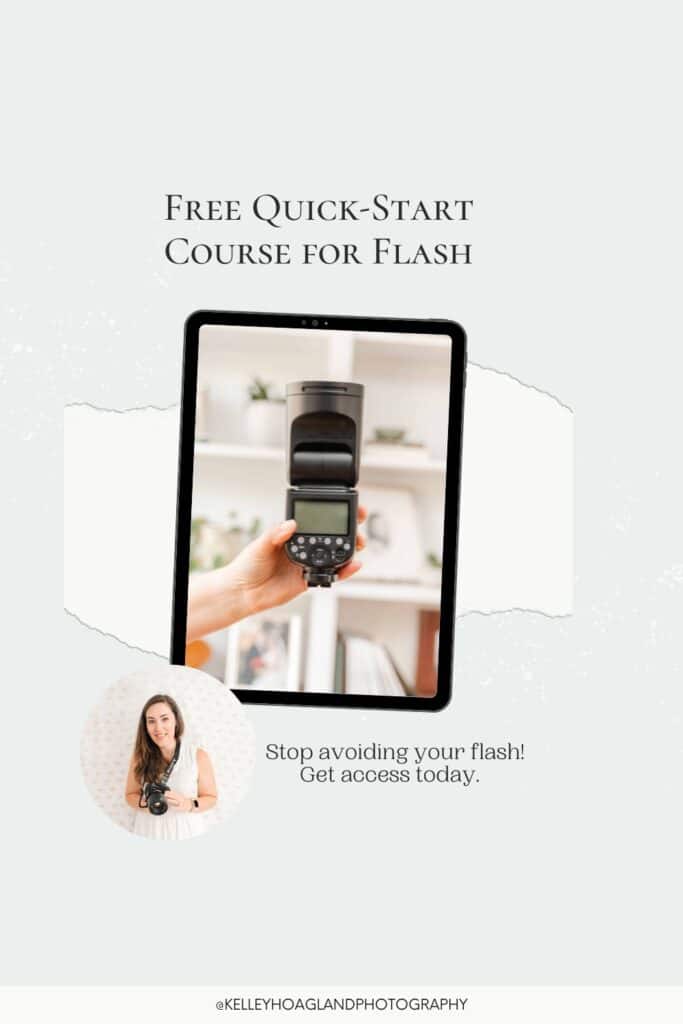
Learn flash photography to be able to photograph in any setting.
Taking the time to learn flash photography will open up so many opportunities for timing and composition during your indoor sessions. You’ll no longer be limited by the amount of sunlight coming in through the windows. Is the sun setting early, before your client is available? No problem! Have heavy clouds blocked out most of the daylight? No need to cancel you session. Your options for scheduling photography sessions will now have much fewer limits.
The location of windows will not longer dominate as the the driving factor behind the staging of your shot. You can fully take advantage of the beautiful features of your clients’ homes and more authentically capture the setting of their everyday life. Imagine yourself even being able to photograph your clients in rooms that have no natural light. You will genuinely be able to ask your clients what rooms they want to use for their photos and meet their requests without caveats about the quality of light.
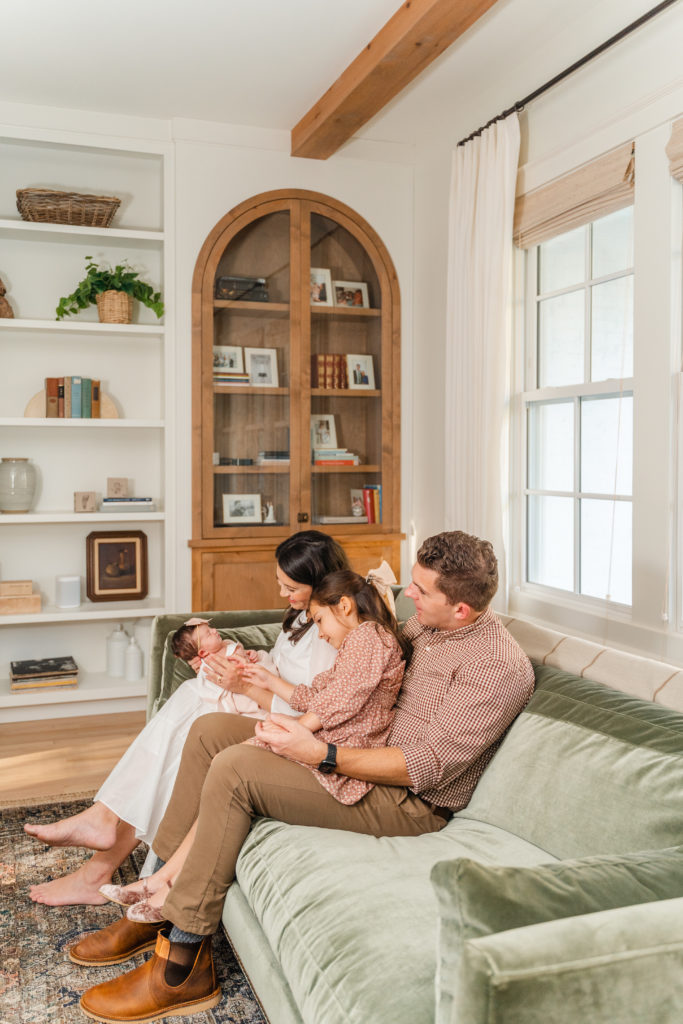
Learn flash photography in order to produce consistent photos.
A big topic that photography business gurus tend to discuss is the “consistency” of one’s work. A big part of gaining a prospective client’s confidence in your work is exhibiting photographs that are consistent in their quality. Just like you trust that Oreos to taste the same no matter where in the world you buy them, a huge part of building client trust is displaying photos that are consistent in their brightness, coloration, and composition.
Many photographers have a love-hate relationship with the instagram grid because it allows clients to a quick snapshot of your portfolio. How do your indoor portraits compare to your outdoor portraits? Before I took the time to learn flash photography, my outdoor photos were bright and crisp and my indoor photos were often grainy and shadowy. Mastering flash has allowed me to elevate the overall constancy of my work, as well as the pricing.
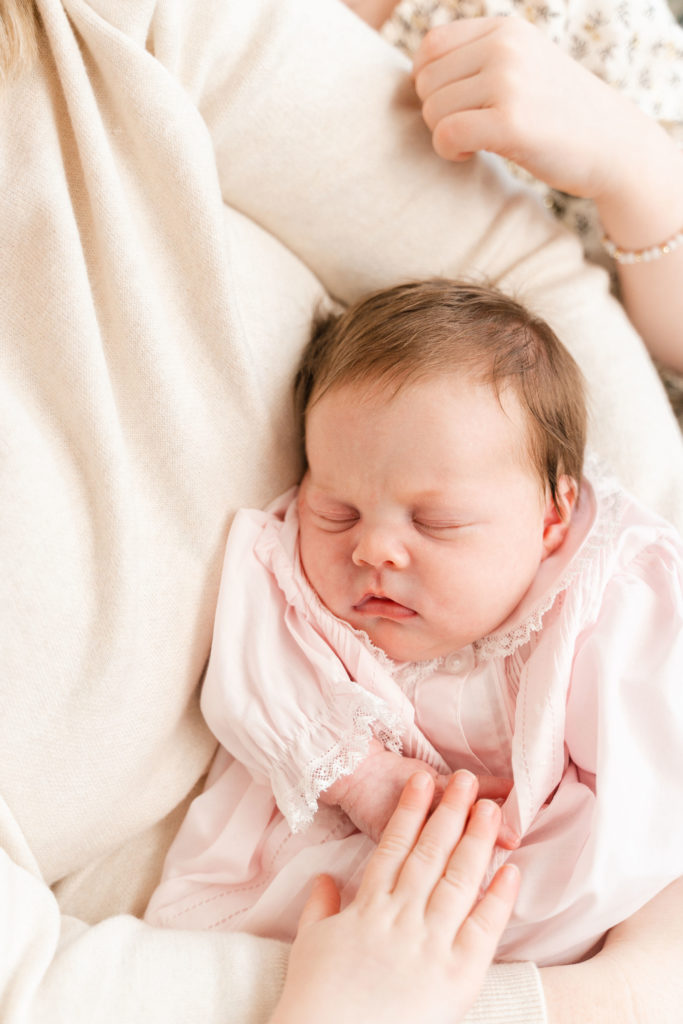


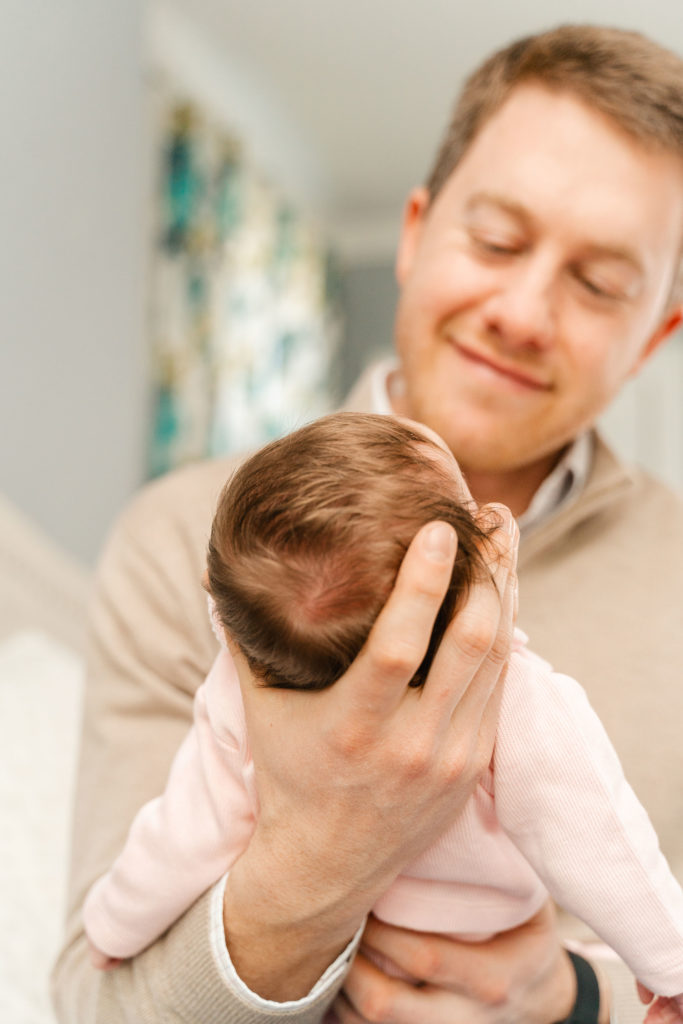
Are you ready?
There’s no time like the present! If you’re tired of stressing about the lighting in your clients’ homes, it’s time to dig in. I’m here to help! This is the start of a 7 part blog series introducing you to beginner’s flash for light and airy in-home photographers. Check it out, but also check out the other resources found here.
Be the first to comment